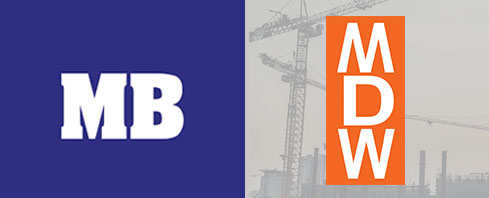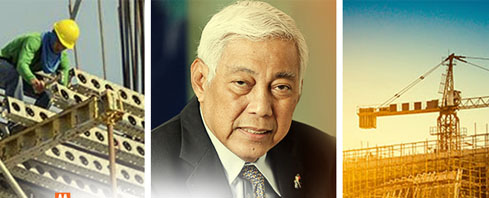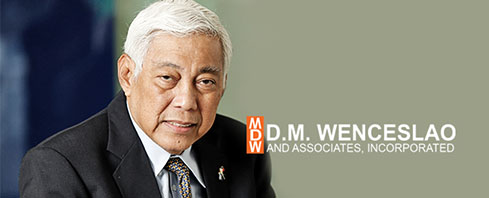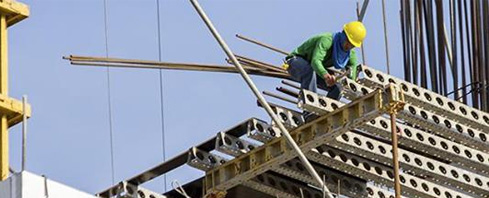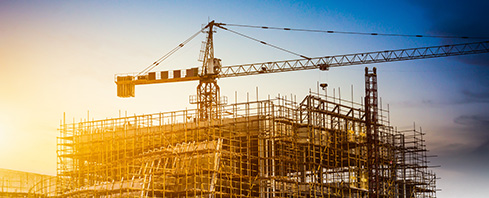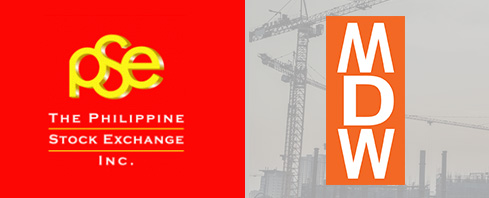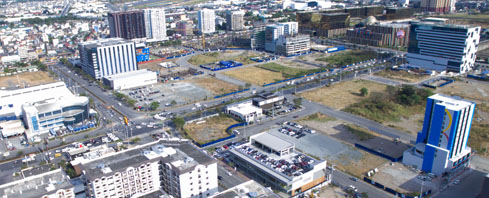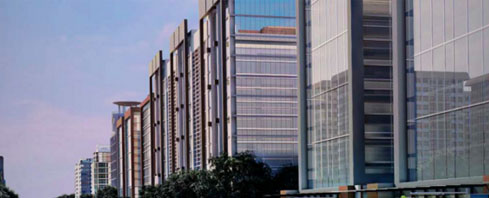Integrated property developer D.M. Wenceslao and Associates (PSE:DMW) is preparing for its initial public offering (IPO) this month. The company is raising up to Php8.15 billion by selling 679 million shares to the public, equivalent to 20 percent of its total equity at Php12 per share.
The company earlier planned to offer its shares at Php22.90 apiece during the book-building period but had to cut its offering price by 48 percent to Php12 per share due to the poor market condition.
The huge discount to IPO price is expected to improve demand on DMW shares as the offering period lasts from June 18 to 22. Early market indications from PSE brokers show that the IPO is already oversubscribed.
An oversubscribed IPO occurs when demand for the new stock exceeds the total number of shares available offer for sale. Growing demand for DMW IPO shares may lead to strong opening share price on its first trading day on June 29.
Before you get carried away with the hype and excitement of the IPO, always bear in mind that you are not only buying the stock, you are buying the business and becoming a part-owner. Spend some time to understand the business of DMW and how its growth prospects will help increase the value of your investment.
Once you are aware of the fundamentals of the company, you will have a better handle on the risk and return that you can expect from investing in the IPO. Here are the top five things every investor need to know about D.M. Wenceslao’s IPO:
1. Strong recurring revenue growth out
DMW is in the business of real estate that comprises land sales and leasing, commercial building leasing, property development and residential unit sales.
The company owns one of the largest land holdings in Metro Manila, majority of which is in Aseana City, which is strategically located next to PAGCOR’s Entertainment City and SM Mall of Asia Complex.
Total revenues have been growing by an average of 35 percent per year from Php1.6 billion in 2015 to Php3 billion in 2017. A bulk of its current revenues, about 49 percent, comes from its leasing business from land and commercial properties, which has been growing by an average of 11 percent per year.
Land sales, on the other hand, contribute about 36 percent of revenues with the balance from construction contracts and sale of condominium units.
DMW currently has a total leasable area of 59,000 square meters in Aseana City, but after the IPO, it expects to boost its total leasable area fourfold to 264,574 square meters in the next five years. This should sustain, if not increase, the growth of rental revenues of the company in the years ahead.
2. Rising operating income margins to sustain profitability
Profit margins are important barometers of a company’s health. It measures how much a company keeps in earnings after deducting all of its expenses for every peso of revenue.
DMW keeps about half of its annual revenues as net profit. In 2017, the company reported a robust 52 percent net profit margin, slightly lower from previous year’s margin at 55 percent.
But a closer look at its operating profit, which excludes the one-time gains from property investment transactions and finance charges, will reveal that its margins from its core revenues actually grew from 62 percent in 2015 to 64 percent in 2017
Expected increase in total leasable area and fixed annual escalation rates of up to 10 percent from its existing land and commercial leases supported by disciplined cost structure should help support profit margins to improve further.
3. Solid cash flows to support long-term growth
Operating cash flow, often called the lifeblood of a company, measures the company’s ability to generate sufficient amount of cash from its normal business operations to pay for its expenses and finance its capital expenditures.
DMW’s operating cash flow has been growing in the past three years from a negative cash flow of Php112 million in 2015 to a positive Php1.2 billion in 2017. Current operating cash flow represents about 41 percent of total revenues, which grew from a 22-percent margin in the previous year.
The robust cash flows generated from its core business has enabled DMW to finance its capital expenditures internally last year and the previous year. The expected increase in revenues from expansion coupled with healthy profit margins should sustain cash flow growth in the future.
4. Declining debt ratio and expanding equity to boost financial position
Current ratio measures a company’s ability to pay its short-term and long-term obligations. A ratio of more than 1.0 indicates that the company is in good financial health and has sufficient cash and short-term assets to pay off all its current liabilities.
DMW’s current ratio in 2017 was at 1.55, which improved from its previous year’s ratio of 1.41. This means that DMW has Php1.55 worth of current assets that include cash and receivables for every Php1.00 worth of current liabilities.
Prudent financial management of DMW also saw its debt-to-equity ratio decline significantly from 42 percent in 2015 to 33 percent in 2016 down to 26 percent in 2017. The company has only utilized 30 percent of its existing credit facilities as most of its expansion has been financed from internally generated cash flows.
After the initial public offering, DMW’s equity is projected to expand from Php10.2 billion to Php17.8 billion, which will bring down its debt-to-equity ratio further to just 13.8 percent. Its cash reserves, on the other hand, will improve by Php7.6 billion, which is the amount that will come from the proceeds of the IPO.
Promising share price appreciation
DMW has maintained a healthy return on equity (ROE) ratio for the past three years. In 2017, the company reported ROE of 18 percent, higher than the 16 percent registered in the previous two years.
ROE measures how much profit a company generates for every peso of shareholders’ equity invested. Considering DMW’s historically high ROE at 18 percent, the expansion of its equity base to Php17.8 billion should eventually translate to annual net income of Php3.2b, which will more than double current earnings.
At this prospective earnings and considering its growth potentials, the stock should eventually trade at Php23 per share in the future, almost double the current offer price, assuming it will trade at 25x Price-to-Earnings ratio incorporating all of its growth potentials.


